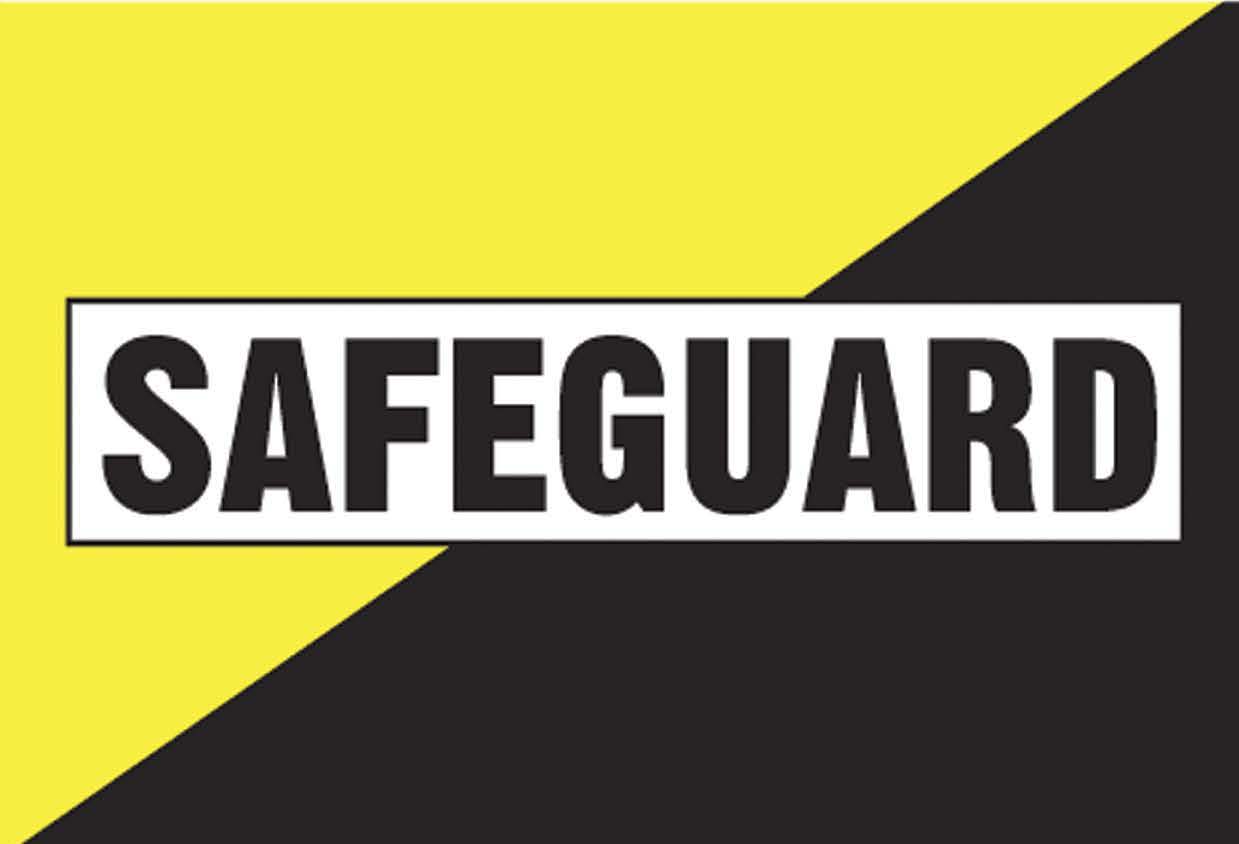Safeguard Alarms has launched a smartphone application that its rapid response clients can use to summon assistance in any security, medical or motor vehicle emergency.
The Safeguard SOS app uses the latest geo-tracking technology to pinpoint the location of the client’s phone so that when the client opens the app and presses the app panic button, Safeguard can dispatch a rapid response team to assist him or her or direct another appropriate service provider to the client’s location.
Safeguard has for some years provided a cellphone panic button for use in emergencies but this requires its response centre to phone the client to find out what the emergency is and where he or she is, which it may not always be easy for the client to describe.
“The brilliance of the new Safeguard SOS app is that unlike the cellphone panic button service we provide which, when pressed, requires clients to speak to our monitoring centre team and give details of what the problem is and where they are, this app makes use of geo-tracking technology to locate the client via satellite,” explained Safeguard Alarms managing director Reason Chitiva.
“Our monitoring team still calls the client who has pressed an SOS app panic button to find out what the emergency is. However, if the call is not answered or the client has difficulty describing where he or she is, the rapid response team can still render assistance by tracking the phone’s location via satellite,” he said.
Safeguard rapid response clients have three options to choose from when requesting emergency assistance using the SOS app. These are a security emergency, a medical emergency and a roadside assistance request.
“If it is a security emergency, our nearest rapid response team responds. If it is a medical emergency, an ambulance is sent to attend to the client through our partnership with Ace Air and Ambulance in Harare and Victoria Falls and other ambulance services in other centres,” Mr Chitiva said.
“If roadside assistance is required, we contact on the client’s behalf a reputable service provider close to the client’s location,” he said.
He went on to explain that the SOS app services can be accessed nationwide so long as the client’s phone has internet access.
“The SOS app is data dependent so an active internet connection is required to send the panic signal and more importantly make the phone’s global positioning system location visible to the Safeguard control centre. Access to the internet can either be via a mobile network or WiFi signal, if available,” he said.
The Safeguard SOS app can be downloaded from the Google Play Store for Android smartphones or iTunes for devices running iOS software.
After downloading the app, users are required to register their details, including uploading a recent photograph of themselves and adding contact numbers of their next of kin or anyone else they feel should be notified in an emergency.
“It is important that users upload recently taken photographs of themselves and update their photos, if, for example, their facial appearance changes as this photo is sent to the response team to help it easily identify the client requiring assistance.
“Contact details of their next of kin or doctor enable these people to be alerted via SMS where appropriate.
“Other important information that can be uploaded onto the client’s profile is any medical information that can be of assistance in a medical emergency as well as the vehicle registration numbers of the cars that the client owns or frequently uses.
“The SOS app services are available for free to existing Safeguard rapid response clients. However, existing customers who wish other people such as family members to have access to the Safeguard SOS app service can do so by adding them as secondary users on their account at five dollars (local currency) per user per month,” Mr Chitiva added.
Download the App below:
